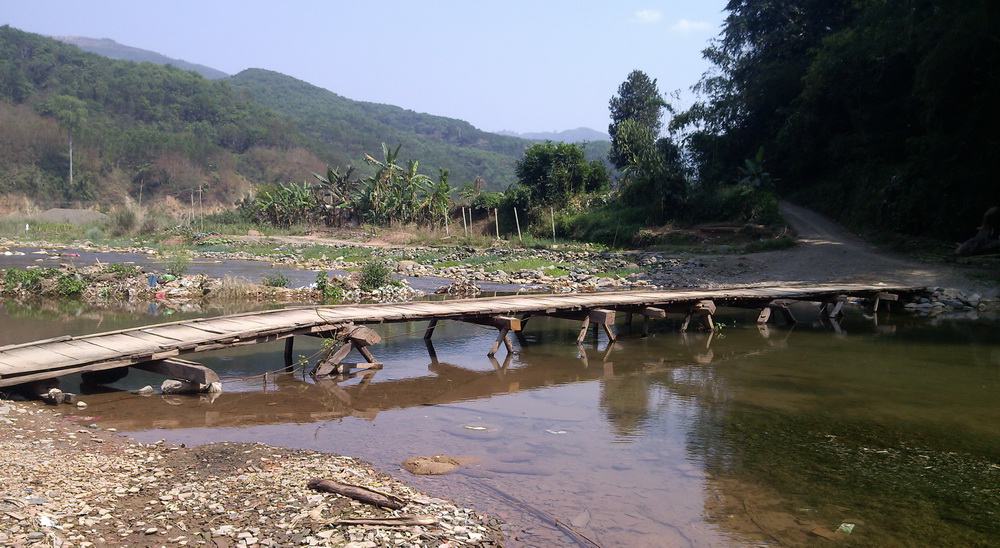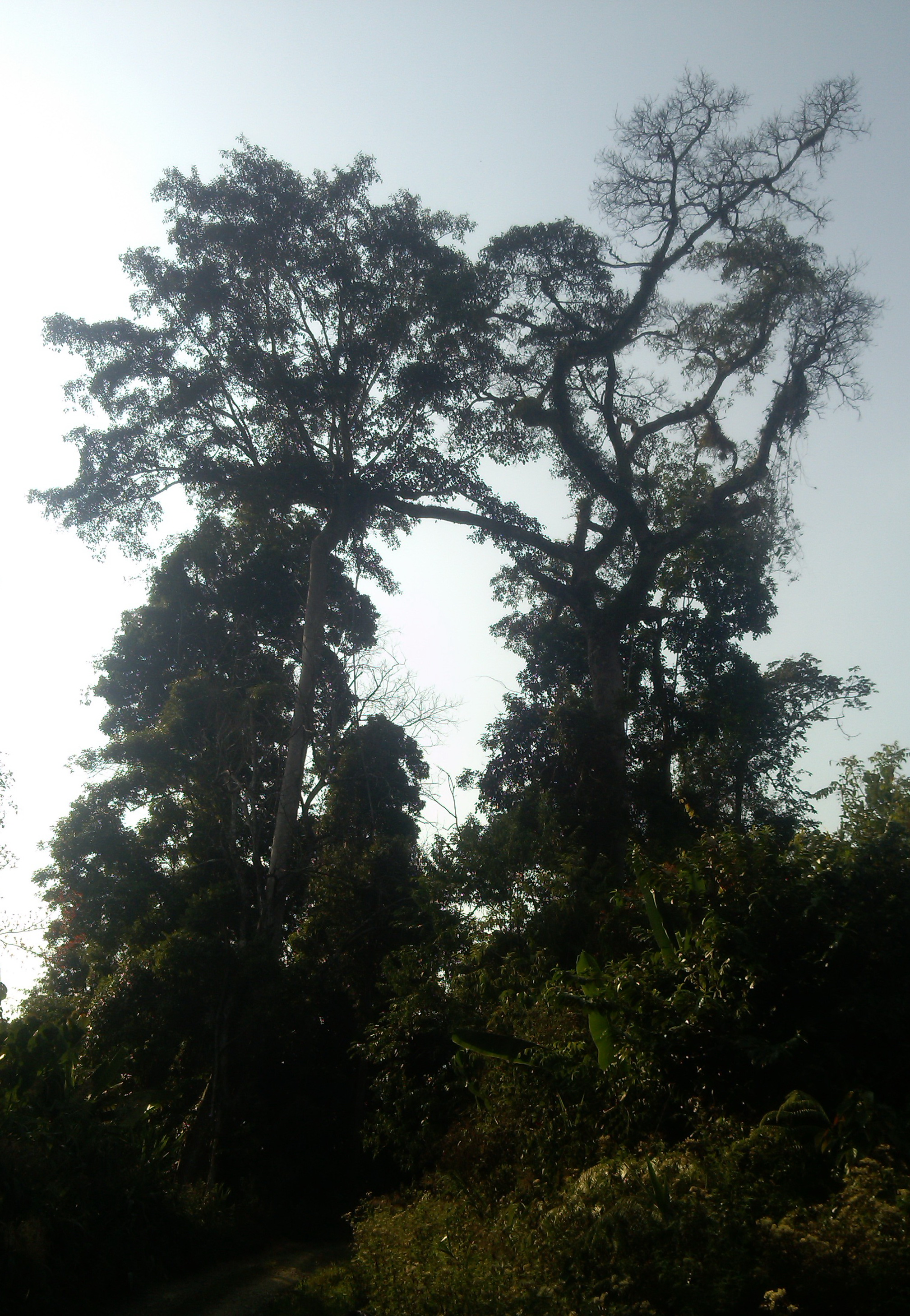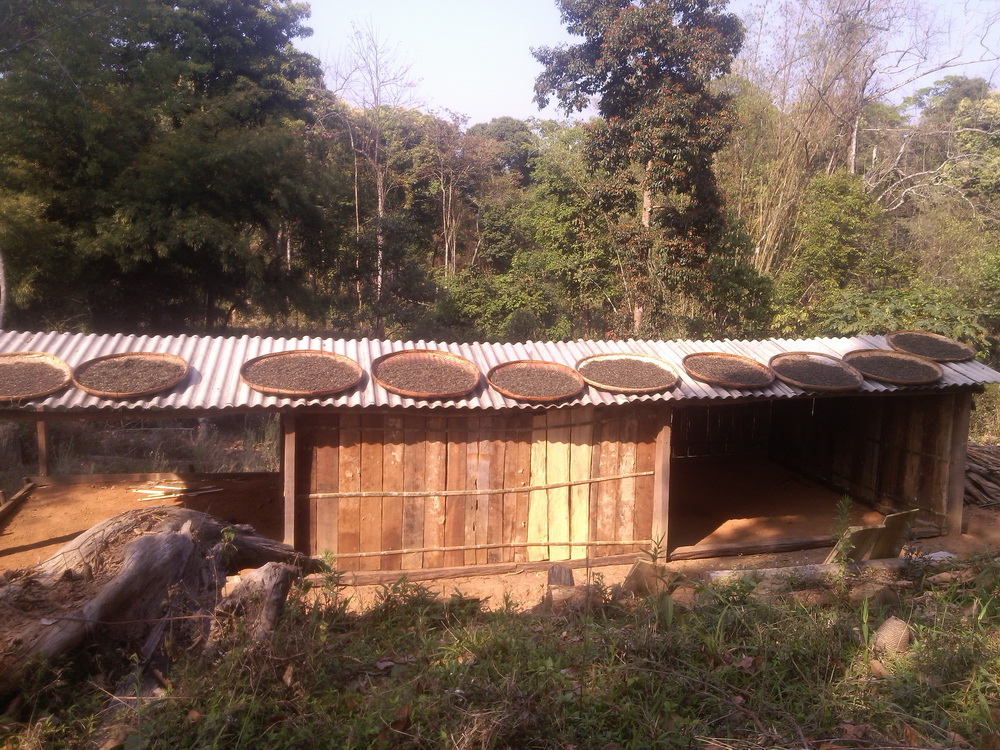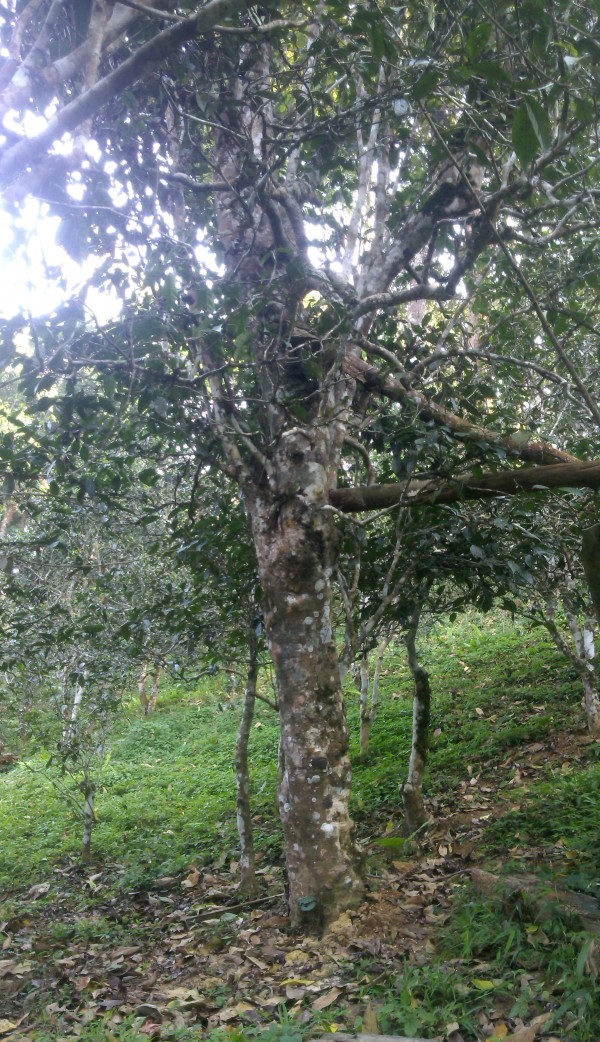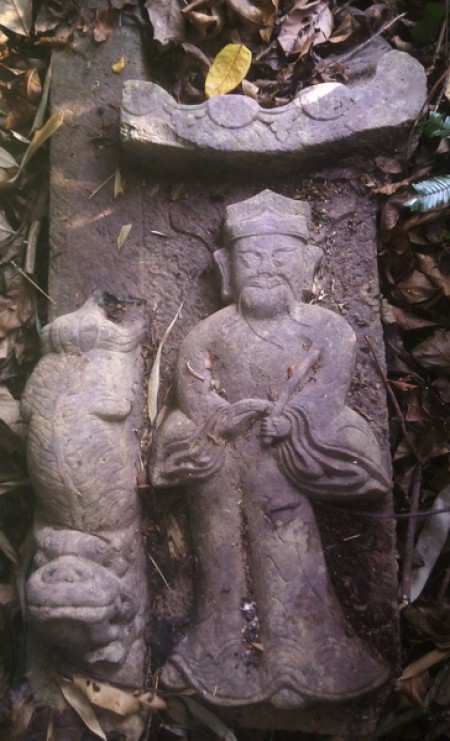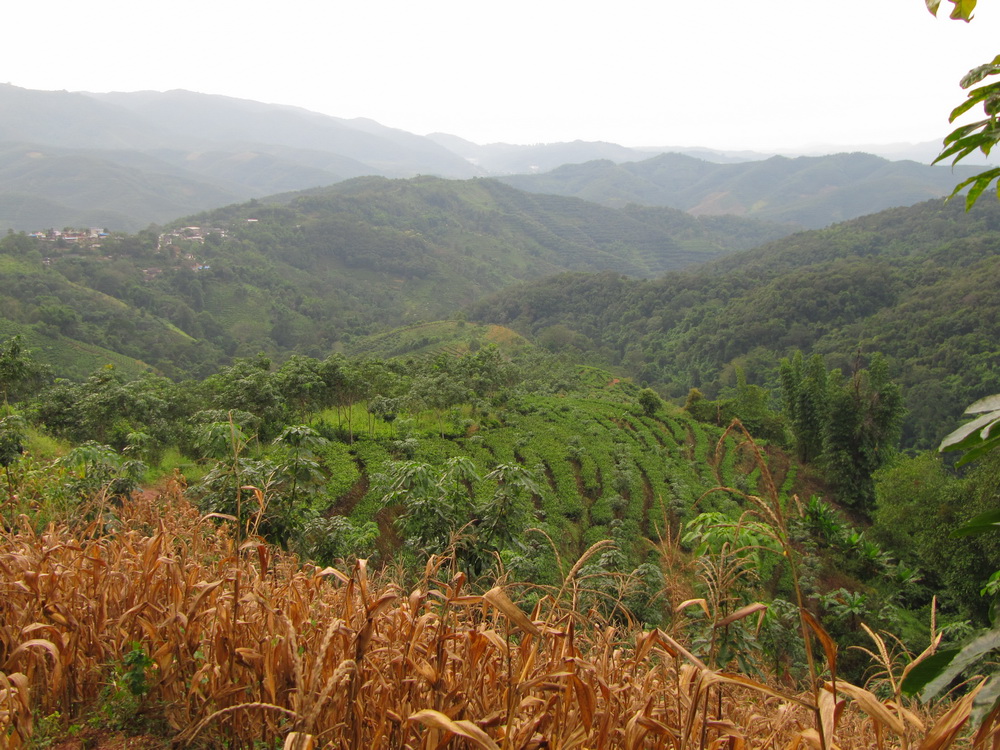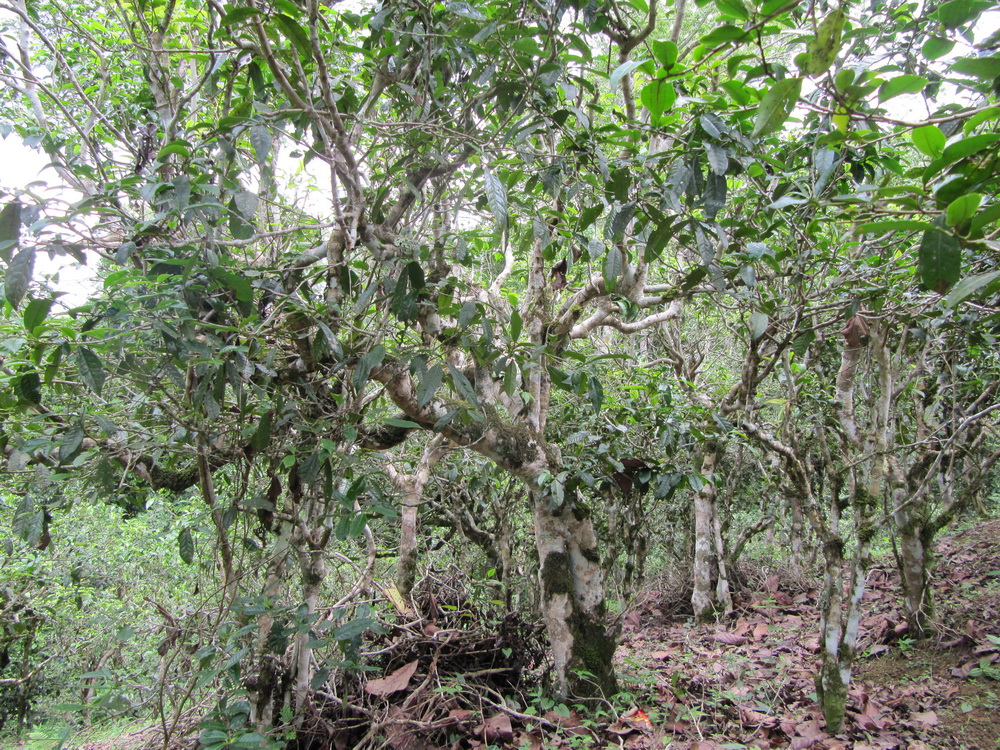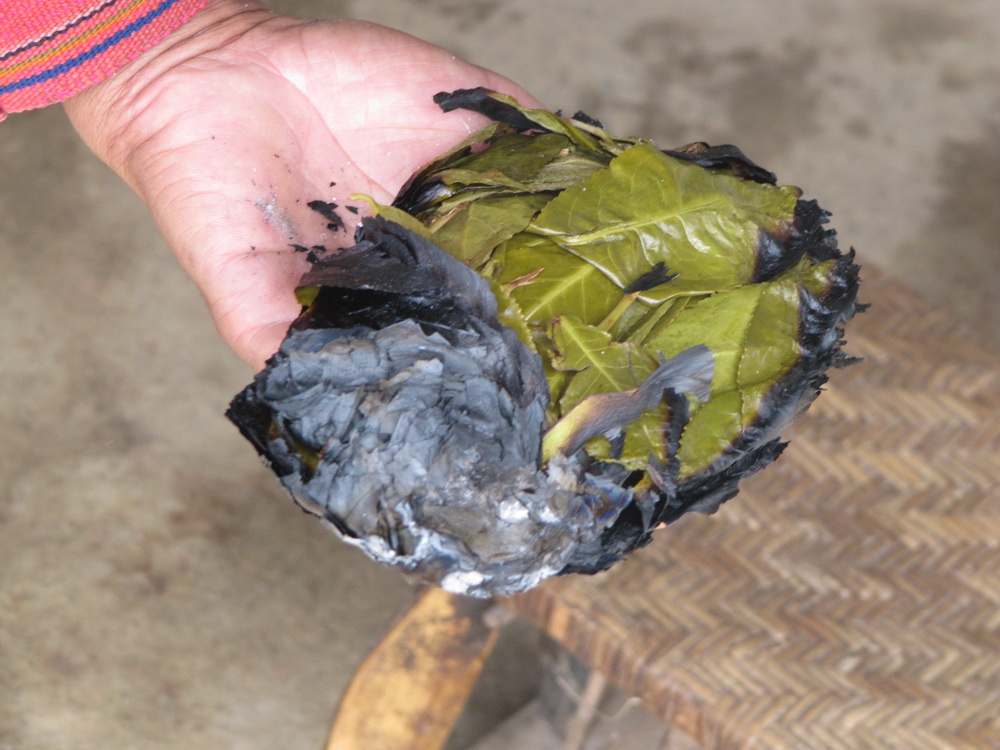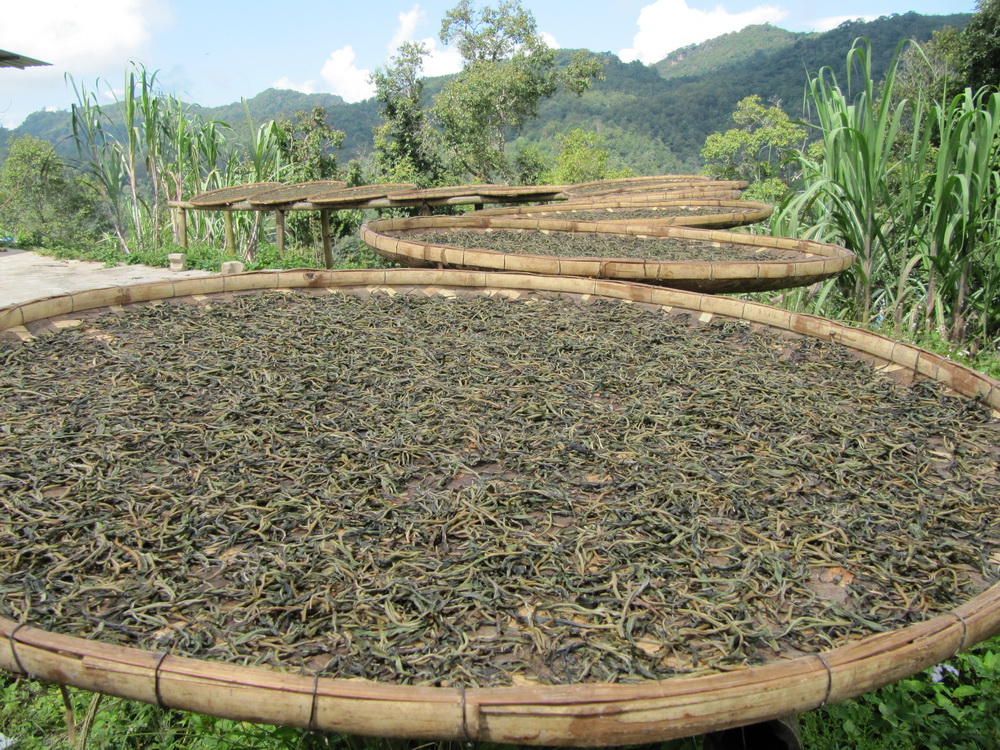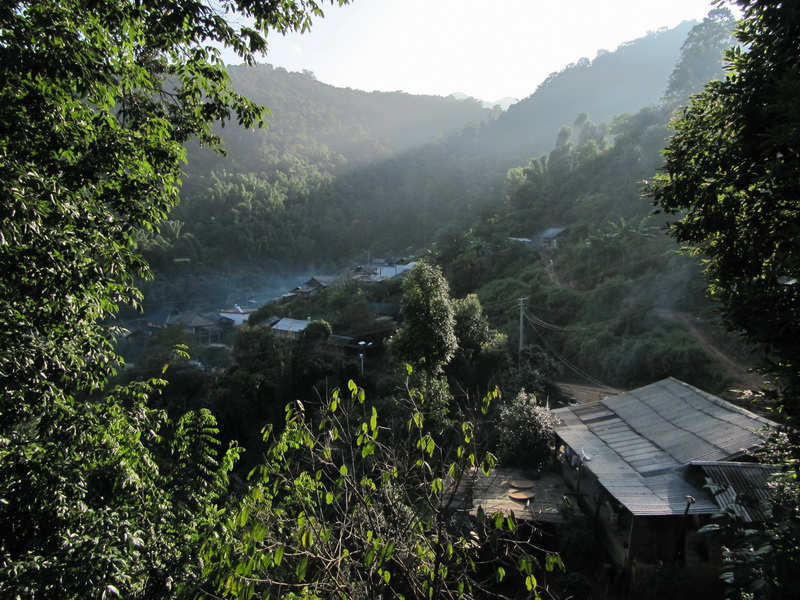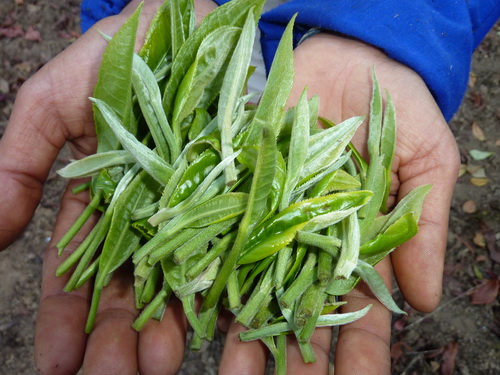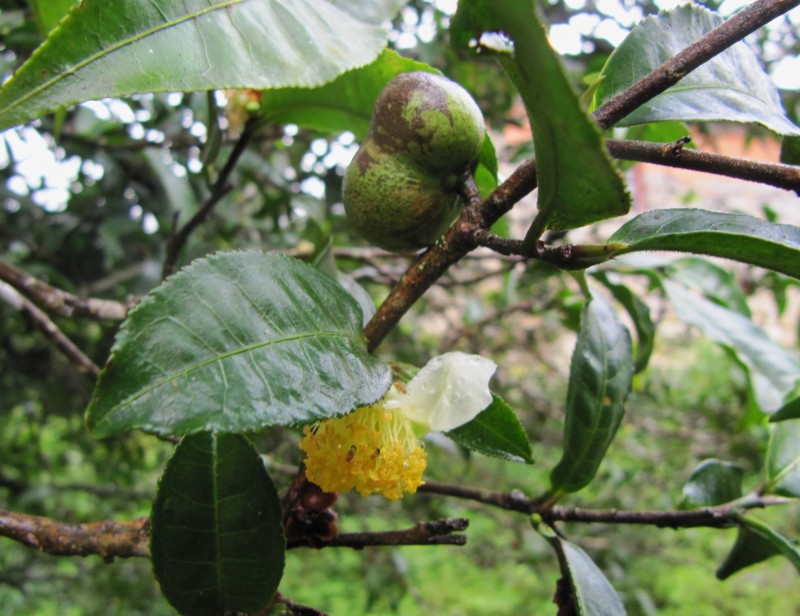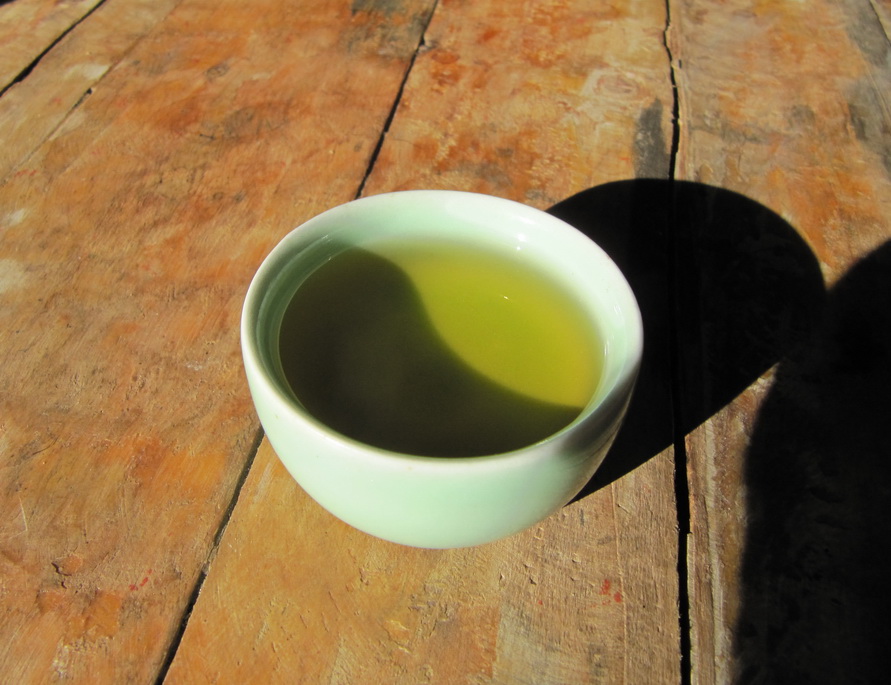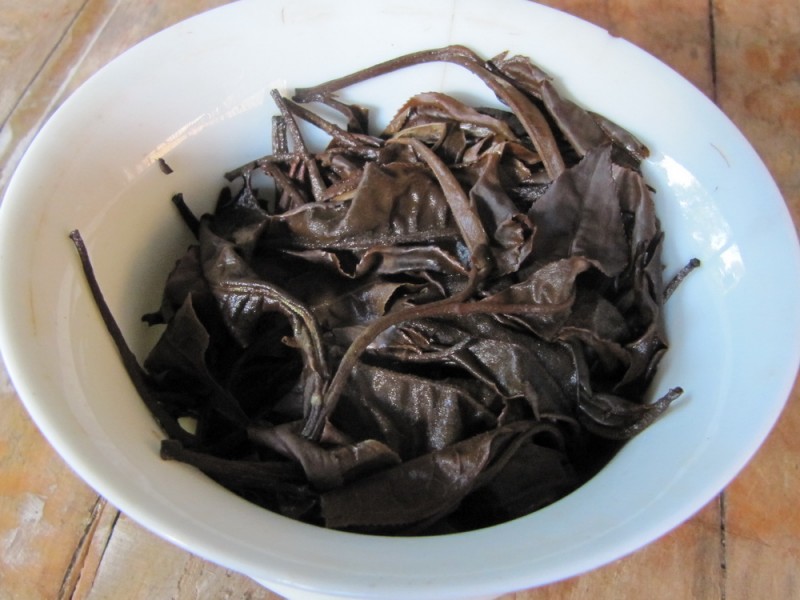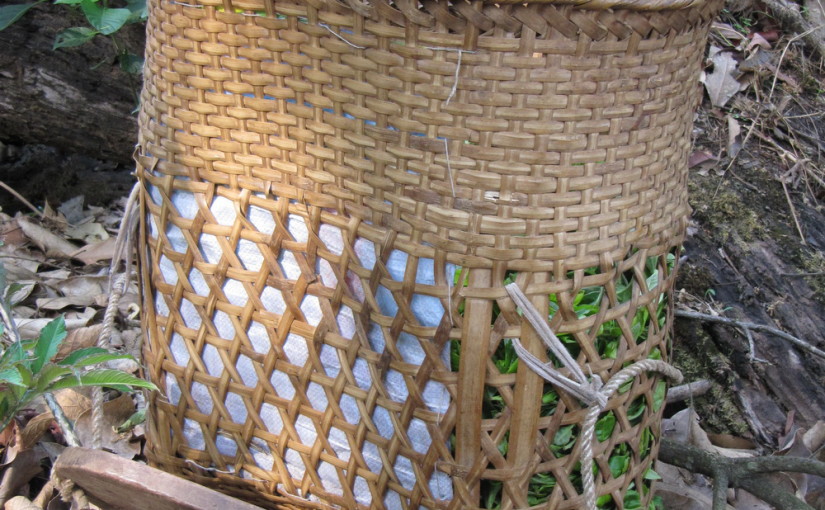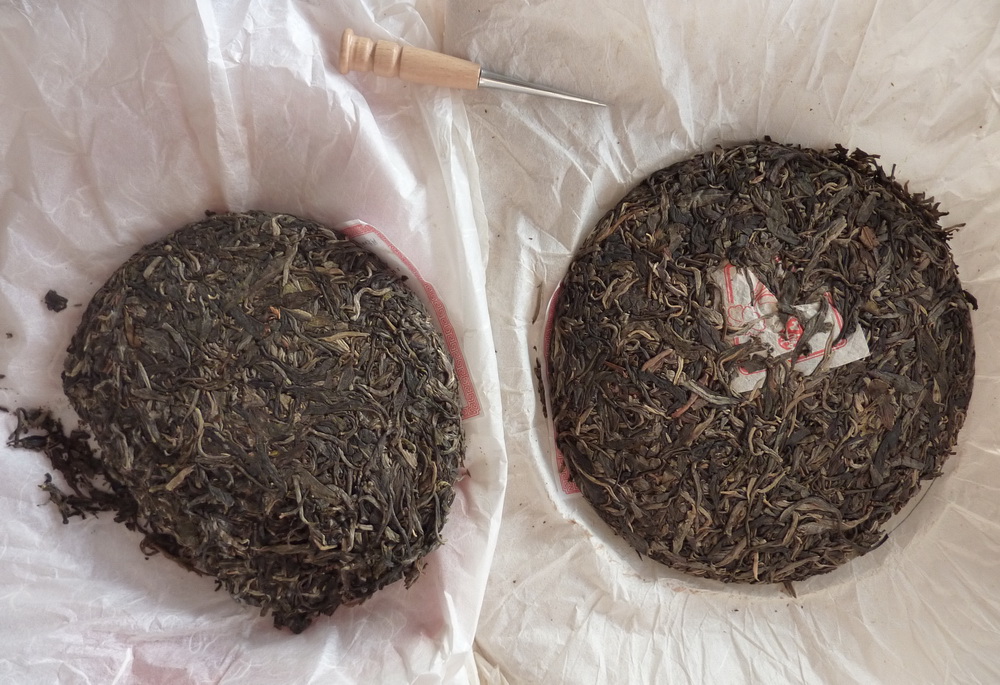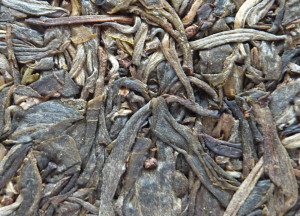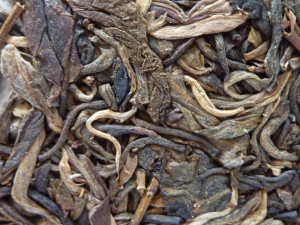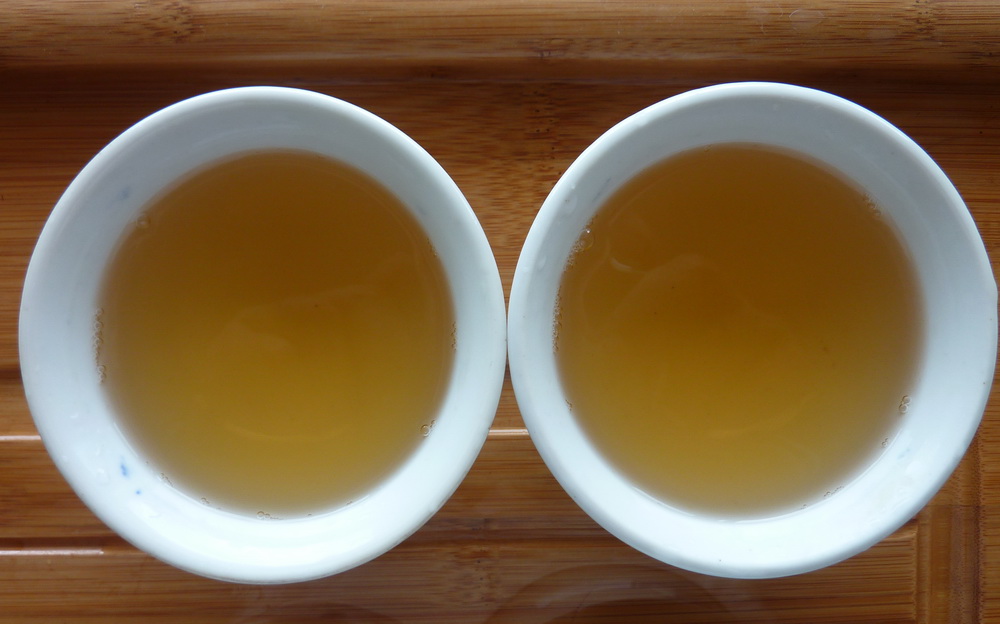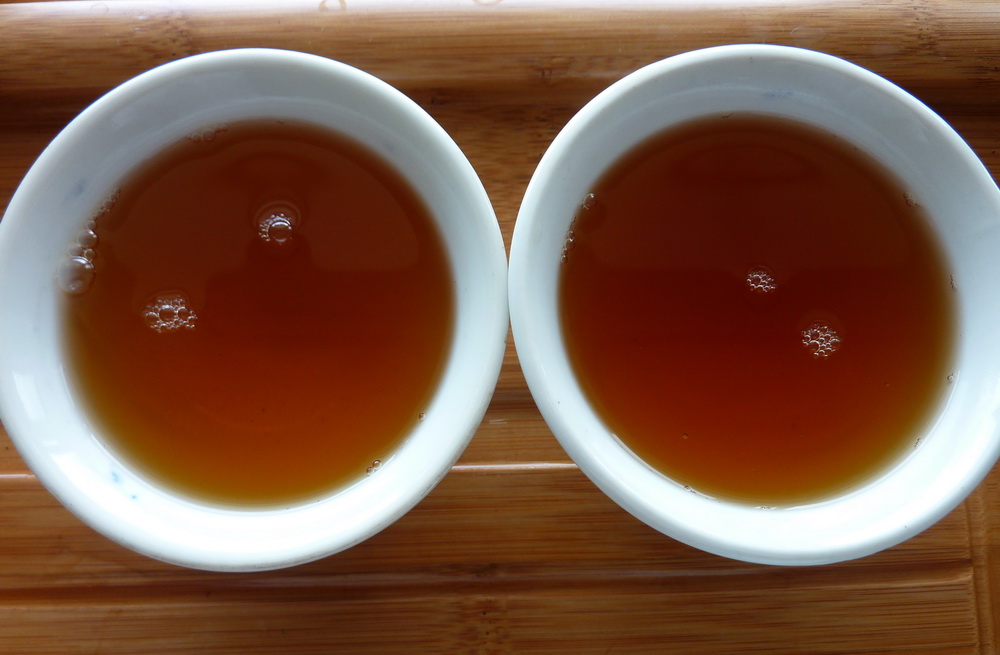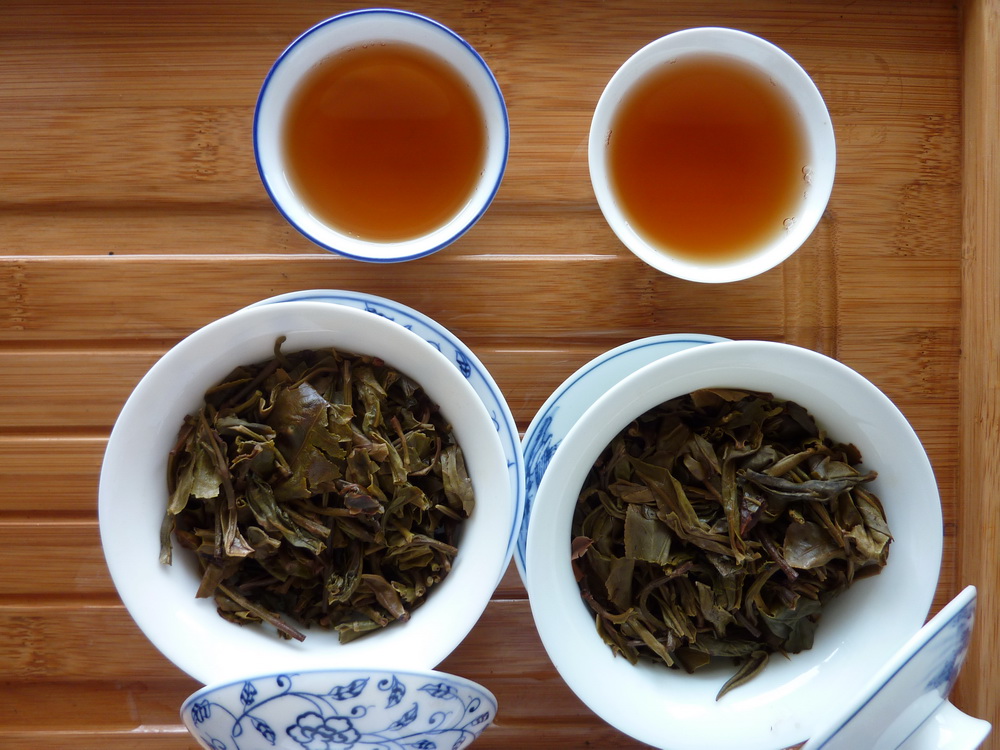To try to understand the problem better, let’s first consider what the ‘norm’ is in order to understand what over-picking is.
Methods of picking tea:
To cut a long story short, there are four basic methods of picking that vary according to whether the intention is to maintain or encourage growth, according to season and prevailing weather, and the condition of the tree.
Typical leaf formations that are picked are tip and one, two, three and even four leaves. The leaves that are left on the plant affect growth; anything from 3 or 4 older leaves to a ‘milk’ leaf can be left on the tree.
Also, the age of the tree and the intention of the tea farmer further determine how the farmer picks the tree; whether they pick high or low, the outer or inner leaves, strong or gently.
See the notes at the bottom of the post for more detail
Here are images from Yunnan Cha Shu Zai Pei Ji Shu (云南茶树栽培技术) showing the basic approaches to tea picking. The fourth approach discussed below uses a combination of the the following methods. Puer tea uses the same approach though typically with Puer tea there has been less rigorous adherence to these standards with tip and four leaves not being uncommon.

Normal black and green tea picking standard

Picking the tops out of the stem
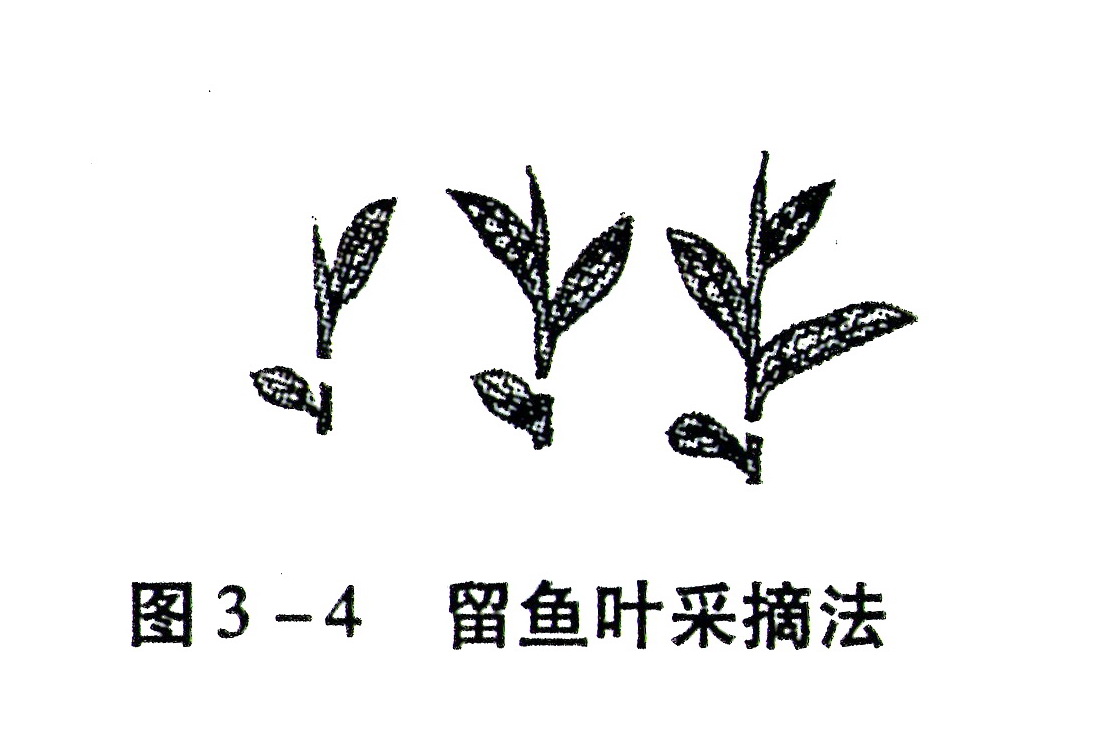
Leaving a ‘fish’ leaf or ‘milk’ leaf on the tree
Tree Age, Season and Picking Frequency
Tea trees are generally defined by three phases: young, mature and old. Tea plants in their prime have vigorous growth and can be picked several times a year. The picking encourages further growth so, in this way, productivity can be increased. Borrowing liberally from Yunnan Tea Cultivation Techniques:
A tree that has reached maturity is in its prime. It has many branches and its foliage is plentiful. It has a well developed root system and a strong capacity to transpire. Its ability to photosynthesise is strong. At this stage a tree is at the height of its productive cycle, producing plentiful, quality tea leaves. At this point it is important to maintain the trees abundant foliage. In this phase of the trees life the tree can be picked more lightly (i.e. leaving more leaves on the tree) in the spring, pick more strongly in the summer, and in the autumn leave ‘milk’ leaves on the tree.
To maintain the trees foliage density, spring picking should leave the ‘milk’ leaf, summer, leave one large leaf, and in the autumn again leave the ‘milk’ leaf. At the same time as paying attention to the trees condition, ‘leave fewer leaves higher in the tree, more leaves lower. Leave more leaves on the outside of the tree, fewer in the middle.‘
Once a tree has reached an old age, it’s growth is less vigorous, it’s ability to photosynthesise is no longer at its peak and the tree becomes weaker. The trees organic compounds are reduced. ‘Chicken feet‘ branches begin to appear in the crown of the tree and new growth is weaker. Branches begin to die. At this stage, picking should be stopped for one or two seasons to allow the tree time to recuperate…..
Typically, tea bushes are generally picked three times in the spring, again in the summer, and then again in the autumn. Occasionally, also in winter or very early spring.
Mature tea trees are typically not picked in the winter, but are still often picked two or three times in the spring and again in the summer and autumn.
When a tree reaches an old age, it is accepted practice to reduce the number of times it is picked. In this way, an older tree may be picked once or twice in the spring and then again in the autumn. Though summer picking is often considered necessary to promote an autumn harvest. Trees in their ‘N’ hundreds of years may well only produce leaves in the spring, so are only picked once.
Clearly, appropriate-picking must take into account the season and age of the tree in order to preserve tree health.
From Yunnan Cha Shu Zai Pei Ji Shu
1. The aim of this method is to encourage growth in the crown of a bush or tree. This is typically used when plants are only a few years old. In this method, a stem is left till it has 5 or 6 leaves on it, or until it stops growing further leaves, and then the tip and two or three leaves are picked, leaving 3 or 4 older leaves still on the plant. Each flush is picked one or two times in the same way – picking the upper leaves, leaving the lower to encourage the plant to branch and produce more profuse foliage in the crown.
2. The second method is a combined approach. In this method, trees are left to grow till they have tips and 3 or 4 leaves, or sometimes tips and 4 or 5 leaves before picking, at which point, tip and two or three leaf formations are picked, leaving one or two mature leaves on the tree. The aim is twofold: to encourage growth and to harvest tea. The decision to leave one or two leaves is determined by the season and the strength of the plant.
3. The third method is in Chinese referred to as ‘Leaving a fish’ method because the tea picker leaves a small leaf on the tree which perhaps looks like a small fish. It is also referred to as ‘liu nai ye’ – leaving a ‘milk leaf’ method. This is the principal method used in picking many kinds of tea. Generally, picking is done when there are new tip and one, two or three leaf formations. The small ‘milk leaf’ is left on the tree.
It is typical to pick a bush ‘clean’ as if this is not done it will influence the following flush.
4. The last approach is to pick ‘according to local conditions’. This is understood as ‘whichever leaves sprout first, pick first, whichever leaves sprout later, pick later’. i.e. ‘Pick those leaves that have reached the standard (e.g. tip & one, two or three leaves), those that have not reached the standard, leave till the next phase of picking, those that have already passed the standard, pick according to the standard.’ Superfluous leaves are left on the tree. In this way, the tree is picked clean and there is an even distribution of both young and older leaves and whilst suiting the requirements of the tea farmer, picking is determined by the trees age, rate of growth, season, etc. In this way a tree can be picked many times in a year.

